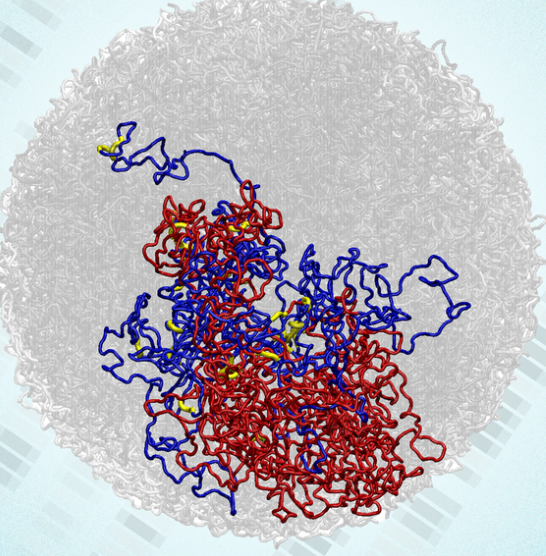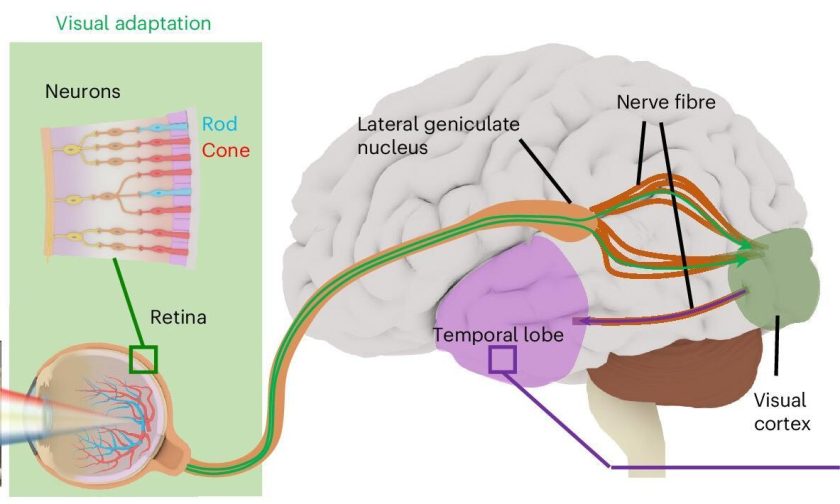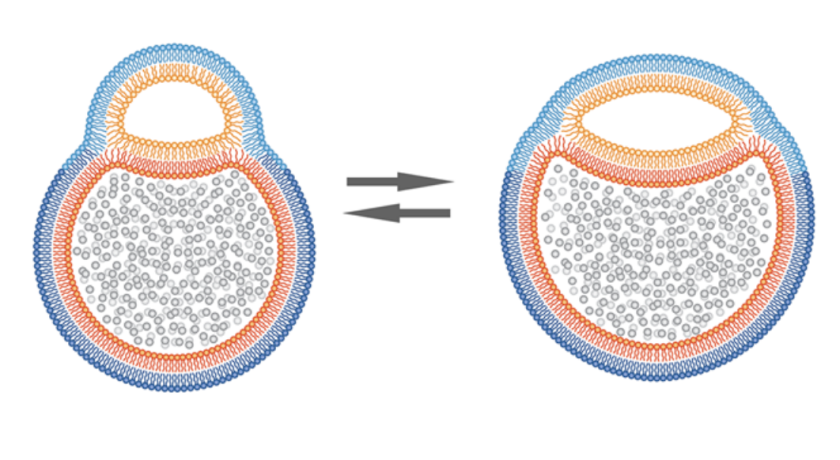Most of us believe that nose is the only organ, which can perceive smell but now this perception won’t hold for long. In a recent research, smell receptors have been found located in lungs as-well. These newly found olfactory receptors are termed as pulmonary neuroendocrine cells (PNECs).
Researchers found that these PNECs were located in the membranes of flask shaped neuroendocrine cells, where as the receptors in nose are found in the membranes of the nerve cells. When the receptors in the nose senses odor they send signal to the brain via nerve cells, but in case of lungs, these PNECs signals neuroendocrine cells to discharge hormones and thus contracting the airways. In other words the PNECs acts as guards keeping a watch over any harsh chemicals entering the airways that might cause any irritation or is harmful for the body.
Assistant professor of biology, in Arts & Sciences, and of medicine at Washington University in St Louis. Yehuda Ben-Shahar says,
We forget that our body plan is a tube within a tube, so our lungs and our gut are open to the external environment. Although they’re inside us, they’re actually part of our external layer. So they constantly suffer environmental insults and it makes sense that we evolved mechanisms to protect ourselves.
During the process of breathing, the volatile chemicals inhaled flow over epithelial tissue.The membrane of the epithelial tissues contains numerous nerve cells with exclusive odorant-binding molecules. Whenever any chemical lands on these receptors, the numerous neurons send signal to brain, which in turn combines the signals received from neurons to perceive the particular odor. And it is well known that airway disorders are associated with allergic reactions to volatile stimuli and so the researchers substantiated that similar to nose, lungs have some source of identifying the chemicals gasped in.
Scientists found upon receiving any stimulation, the tissues in lung direct olfactory receptors located on neuroendocrine cells to discharge serotonin and other neuropeptides. This can be proved because the response to any chemicals when suffering from respiratory disorder, are extremely quick and violent, usually leading to shutdown and making breathing difficult. On further analysis they found more neurosecretory cells in airways tissue collected from the person suffering from respiratory disorders than that of a healthy person.
Ben-Shahar explains how the nature of sensing the chemical stimulation in nose differs from the lungs. The receptors in the nose are neurons (narrowly tunes) which send the signal to brain which in turn compile the signals received from numerous neurons to finally interpret the odor. On the contrary the cells in the lungs are secretory and may bear more than one receptors (broadly tuned), they quickly flood local nerves with serotonin and neuropeptides, instead of sending the signals to brain.
With this new discovery can provide the scientists with better insight about the chemical sensitivity that distinguishes airways disorders like asthma, chronic obstructive pulmonary disease (COPD) and thus can help in evolving better treatments for such disorders. These odor receptors can also been as corrective target, which when get blocked can avert attacks and granting patients to minimize the use of steroids or bronchodilators.
Source: Science World Report
Image: Newsana




